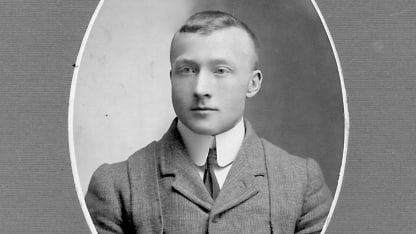The minutes of the first NHL Board of Governors meeting, which concluded 100 years ago Sunday in Montreal, note that it was called "to ascertain if some steps could not be taken to perpetuate the game of hockey." But the men who announced the formation of the new league couldn't have dreamed what it would become a century later.
Though the NHL we know today began play on Dec. 19, 1917, the two first-night games in the League's history wouldn't have taken place without a series of meetings and backroom maneuvers that saw it emerge from the ashes of the National Hockey Association.
The NHA, which began play in 1909, had been beset by franchise problems. The most notable was that the most popular team, the Toronto 228th Battalion, had been called away to fight in World War I midway through the 1916-17 season, reducing the NHA to a five-team league. The talent market got even tighter after Canada passed the Compulsory Service Act, which took effect in August 1917 and mandated conscription for men ages 25 to 35, a range that covered most players. The NHA announced at its annual meeting it was suspending operations, citing the scarcity of players and saying operating a five-team league was not feasible.


















